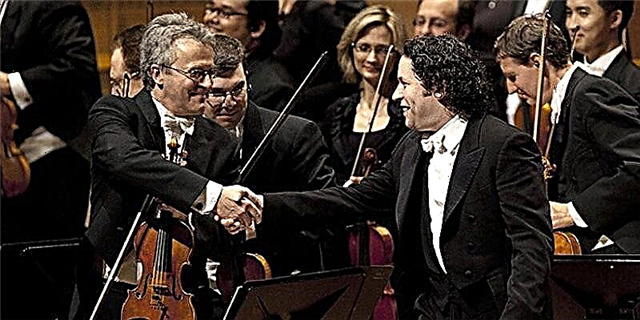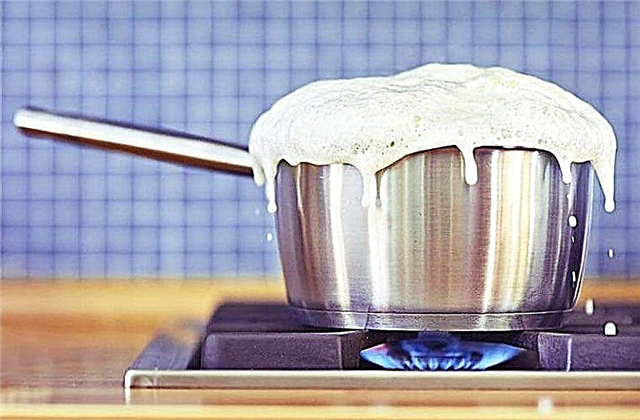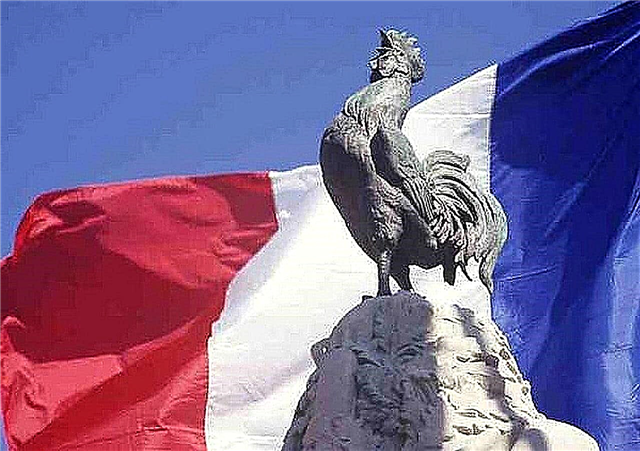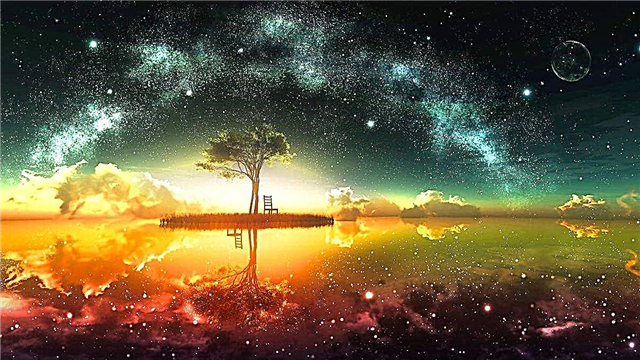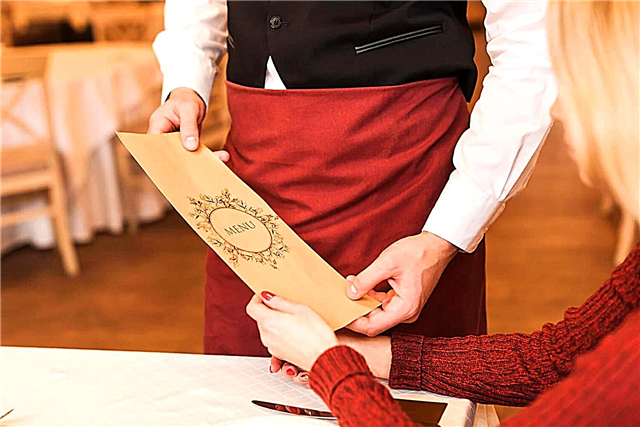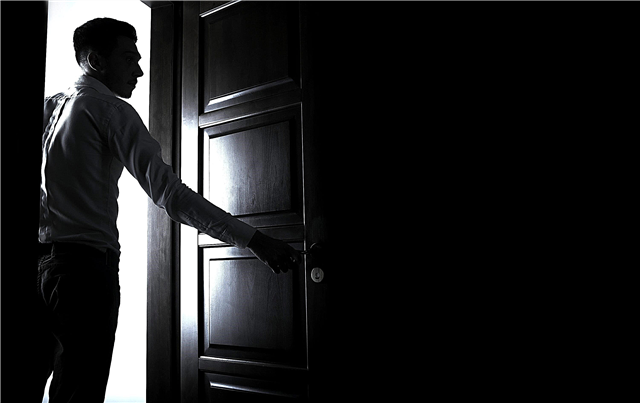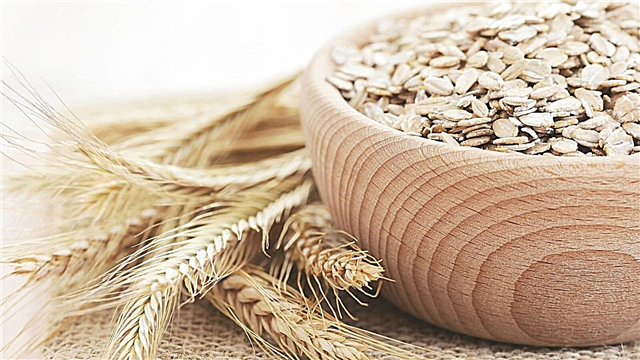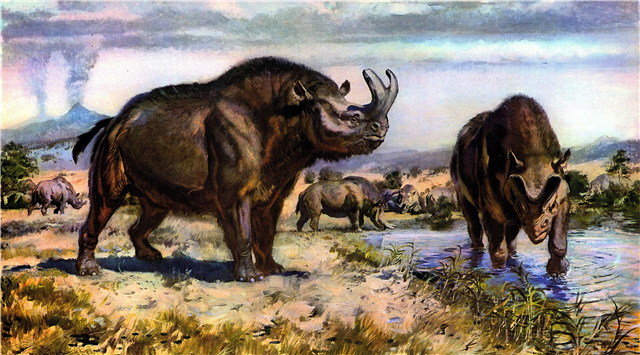
The British monarchy is the most iconic and famous monarchy in the world, whose history is as significant as the present. If you ask a foreigner the first two things that come to his mind when he hears “Great Britain”, the answer will probably be “tea” or “queen”.
However, it is interesting how England, and then Great Britain, with its insular position, managed to become such a powerful state and retain the title of kingdom to the present day.

Interesting fact: The term "England", which came from the name of the ancient Germanic tribe of Angles, who settled in Britain in the 5th-6th centuries, is often used as a synonym for "Great Britain".However, in modern geography, England is the administrative and political part of Great Britain, which includes England, Scotland, Wales and Northern Ireland.
Roman origin
Before the formation of the British monarchy, England was a Roman colony. Britain was already known to the world at that time. In the 4th century BC e. Greeks, Phoenicians and Carthaginians traded Cornish tin. The Greeks mentioned the Cassiterids, or "tin islands", describing them as located near the western coast of Europe.
The Romans discovered England when Emperor Julius Caesar made two trips to the island in 55-54. e., however, did not conquer the territory. England was inhabited by the Celtic tribes "Britons". Later, Alus Plautius came to Great Britain in 43 AD. and from that moment on, Britain became part of the Roman Empire.
Anglo-Saxon heptarchy

Around 410, Roman rule ended in Britain. The British monarchy began with the Anglo-Saxon conquest of England, when the Angles, Saxons, Utes founded the "Anglo-Saxon Heptarchy" - the union of the seven main kingdoms under the names Northumbria, Wessex, Mercia, East Anglia, Essex, Kent and Sussex, each of which was headed by the monarch. Egbert, king of the kingdom of Wessex, is often considered the first king of England - the united kingdoms of Heptarchy.
The final stage in the formation of the British monarchy was the Norman conquest of England in 1066, when William I the Conqueror captured England and founded the united Kingdom of England, becoming his king.
Abolition and restoration of the monarchy
Over the past 1500 years, the kings of Europe had to adapt to difficult political conditions (revolutions, occupations, civil wars, World War I, World War II, etc.). Only the strongest kingdoms survived. Today, the monarchy remains in the UK, the Netherlands, Belgium, Denmark, Sweden, Norway and Spain. The British monarchy turned out to be more stable and stronger than the absolute monarchies of continental Europe, in particular France, which fell in the revolution in 1789.

In the XVII century, King Charles I of England pursued a policy of absolutism, requiring unlimited powers (royal prerogatives). As a result, in 1642 it passed English revolution led by Oliver Cromwell, in which Parliament rebelled against the monarch and won. The king was executed, the monarchy in Great Britain was abolished and a republic was declared instead. However, in 1660, the British Parliament restored the monarchy, but with much less power than before, and a constitutional monarchy arose at the beginning of the XVIII century. Subsequently, royal power gradually waned.
Interesting fact: The Kingdom of England was a separate state until 1707, when it merged with the Kingdom of Scotland into the Kingdom of Great Britain.
A constitutional monarchy

In a monarchical form of government, the head of state - king or queen (Monarch, Sovereign, Her or His Majesty). The power of the monarch is inherited.Currently, Queen Elizabeth II (since 1952) - heads the United Kingdom of Great Britain and Northern Ireland, the Commonwealth of Nations and 15 sovereign states.
The current form of government in the UK is a constitutional monarchy. Under a constitutional monarchy, the head of the executive branch and a member of the legislative branch (parliament) are the prime minister. The one who occupies the throne performs ceremonial and formal functions in relation to the government. As the head of state, the Monarch fulfills constitutional, representative duties that have developed over a thousand-year history. The sovereign acts as the “head of the nation,” a guideline for stability and national unity.

Queen Elizabeth II represents Great Britain in other countries. For example, when receiving foreign ambassadors, visiting heads of state and making state visits abroad to other countries in support of diplomatic and economic relations.
The Importance of the Monarchy for the British Economy

The monarchy as an institution brings great income to the British tourism industry, which is an important factor in the growth of the national economy. Royal residences, castles, fortresses, religious monuments - Buckingham Palace, Palace of Westminster, Windsor Castle, Tower of London, St. Paul's Cathedral and others - are tourist attractions that attract visitors from different countries.

Interest in members of the royal family brings many tourists to England. A clear confirmation of this is the wedding of Prince William and Kate Middleton in 2011, for which about 400 thousand tourists came to London.
Income from the lease of land owned by the royal family goes to the treasury. These funds cover and exceed the royal family's government expenses, not counting the profits from tourism, which also comes mainly from the existence of the monarchy.
The royal family does charity work, setting a moral example for every Englishman.
Interesting fact: The monarchy brings more than 25 billion pounds a year to the economy of the United Kingdom through the tourism and business reputation of the name "Great Britain" in the world, created by the queen, princes, princesses and other royal families.
The constitutional monarchy of Great Britain was formed as a result of a centuries-old tradition. This is not the only long-lived monarchy in Europe. Denmark, Sweden, the Netherlands, Belgium, Norway, Spain are also constitutional monarchies.
The monarchy has persisted in England since its inception as a single country. Once, in 1642, the British abolished the monarchy and accepted the republic. However, a decade later, the people decided to return the monarchy. During its existence, the British monarchy underwent political experiments between the head of state and parliament, underwent many changes as a result of the English Revolution and reforms, but managed to survive and come to the current system, preserving the tradition, heritage, stability, and history of the English people. Members of the royal family participate in the cultural, social and political life of Great Britain, making a significant contribution to the material and spiritual development of the state.
Thus, the British monarchy is a powerful monarchy, which is a symbol of unity, stability, tradition and national pride of the English people.



